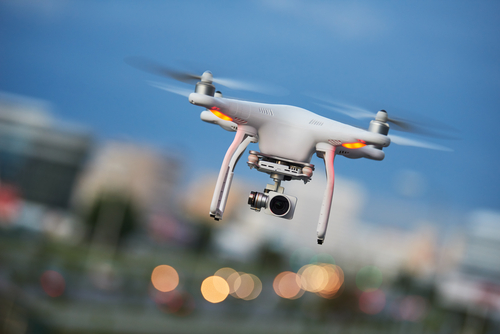
With the launch of the Rapid Experimental Missionized Autonomy (REMA) program this week, within the next 18 months DARPA intends to create ways for commercial drones to work autonomously on predefined tasks after connection with their operators is lost.
“REMA is focused on creating autonomous solutions to maximize effectiveness of stock commercial and small military drones on the battlefield,” Lael Rudd, program manager in DARPA’s Tactical Technology Office, said. “Through creating an autonomy adapter that works with all commercial drones, regardless of manufacturer, and by developing mission-specific autonomy software that is constantly refreshed and easy to upload prior to a mission, we aim to give drone operators the advantage in fast-paced combat operations. Speed in tech development and on the battlefield is key, and REMA aims to deliver.”
The program would keep missions going even in the face of disruption, be it from electromagnetic or other sources. Currently, when such failures occur, drones tend to face one of three outcomes: aborting the mission, returning to the start point or crashing. REMA seeks to remedy this by developing a drone-autonomy adapter interface and mission-specific autonomy software run on that adapter.
These would be system-agnostic, so they could operate on any drone type, adjusting operational parameters to make the software work. Performers will create a subsystem for a variety of commercially available small drones in this way, with software that will be continuously improved.




